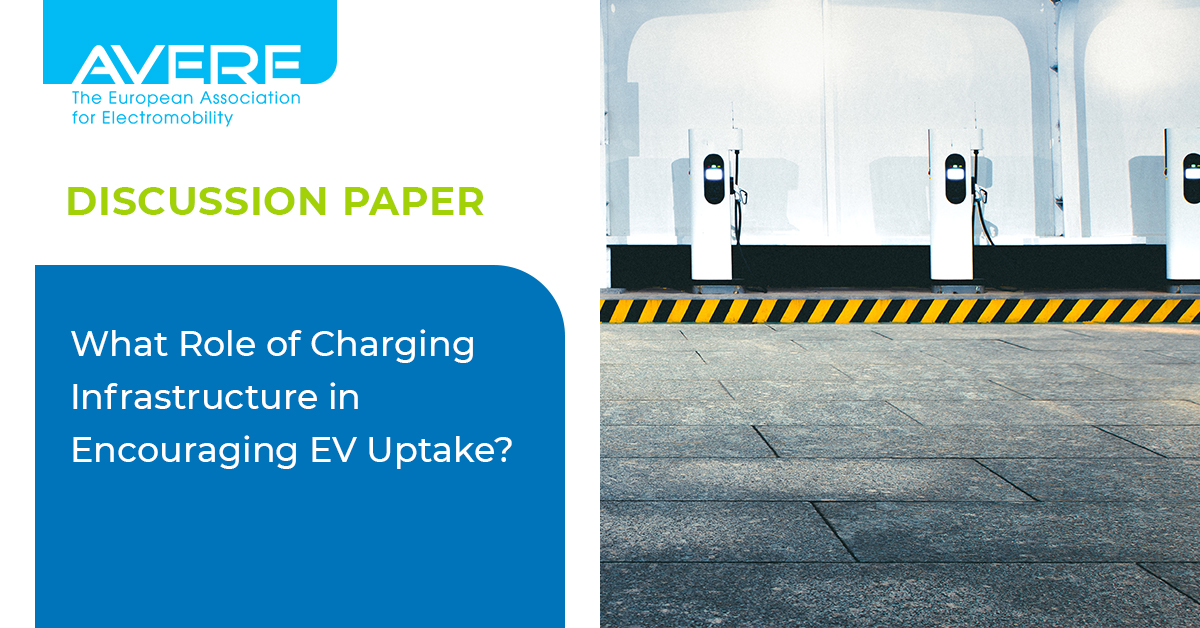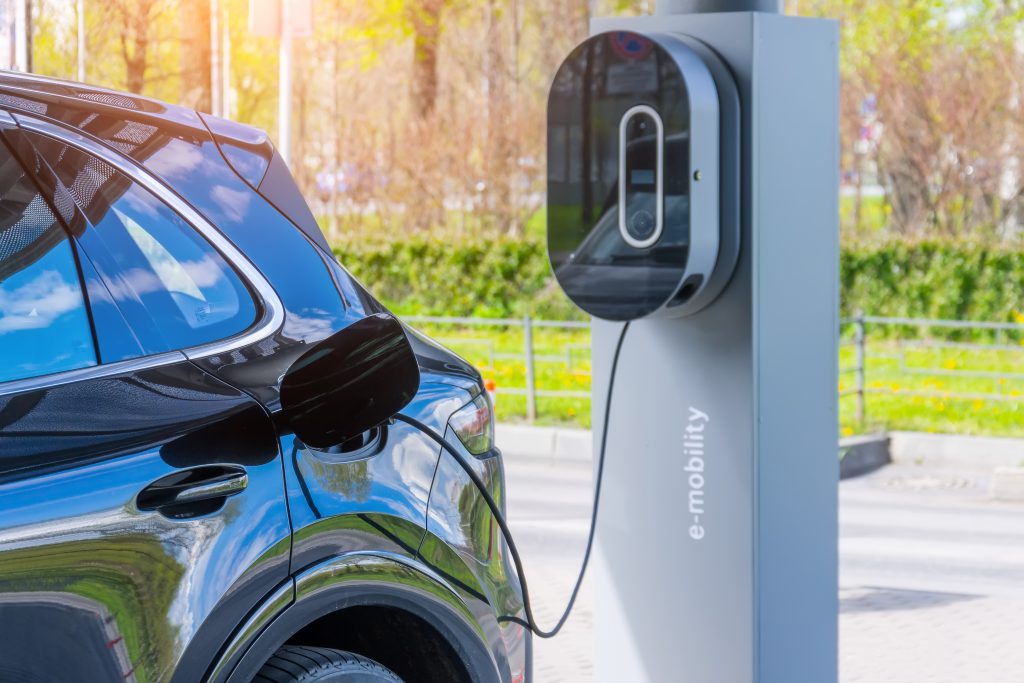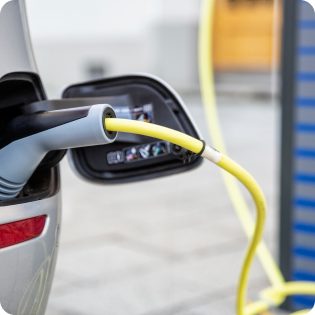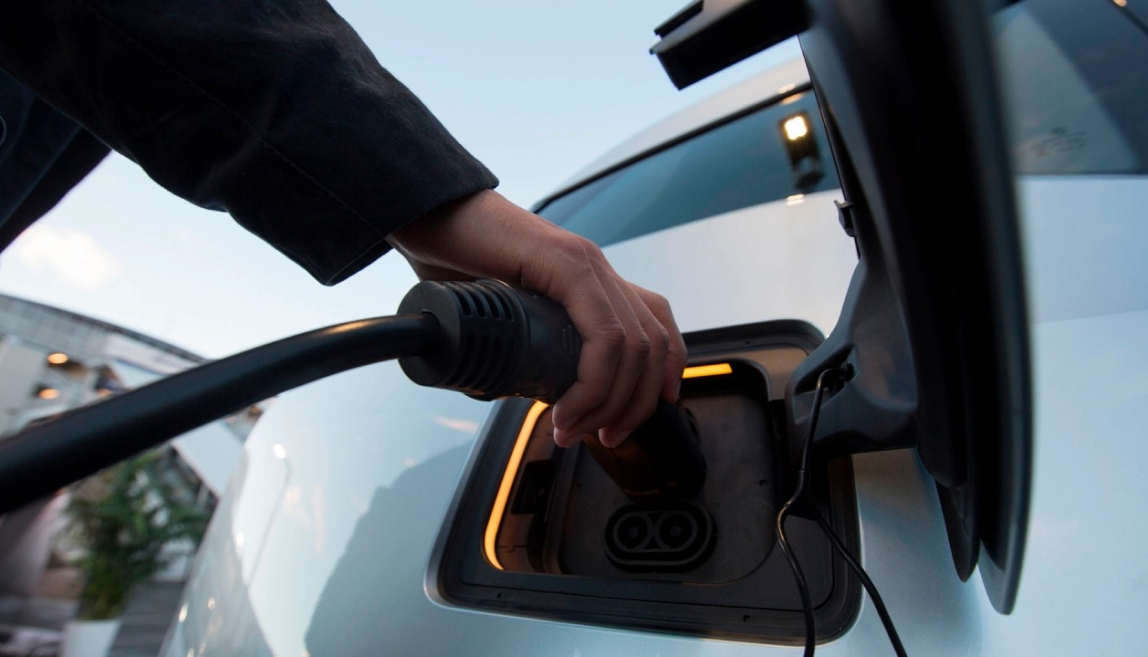

19 July 2021
The European Union has set the ambitious aim of reaching carbon neutrality by 2050, and decarbonising road transport will play a crucial part in achieving this ambition. AVERE has recently set out its vision to phase out ICE vehicles by 2030, with a view to fully decarbonising European road transport by 2050, in line with the Green deal and the Sustainable and Smart Mobility Strategy.
The upcoming mass uptake of electric vehicles (EVs) needs to come hand-in-hand with the rollout of a dense and accessible recharging network across the continent. In fact, it is commonly maintained that the market uptake of electric vehicles is hindered by a lack of supporting charging infrastructure in the EU. Discussions therefore often focus on how many recharging points are needed across Europe before electric vehicles can be deployed at scale, and even on conditioning EV rollout targets on a certain amount of infrastructure across the EU.
However, this is clearly the wrong starting point. While the uptake of electric vehicles has to be supported by ambitious targets and a continued strong expansion of charging infrastructure, Europe needs a goal-driven debate starting from the amount of EVs needed on European roads to fulfil the EU’s climate aims.
Towards a goal-driven charging infrastructure debate

The Commission’s Sustainable and Smart Mobility Strategy clearly lays out that in order to achieve the EU’s climate aims, nearly all vehicles on European roads need to be zero-emissions by 2050. To achieve this aim, Europe needs clear annual targets for the required amount of EVs on European roads for each member state, along with a clear eventual EU-wide phaseout date by 2030, to remain in line with carbon neutrality by 2050.
How many chargers, and what kind of chargers, will be needed in which regions of the EU in coming years, as well as the related grid infrastructure needs, should in turn be determined by these figures. EU policies, notably the revised Alternative Fuels Infrastructure Directive and the Energy Performance of Buildings Directive, will need to put a framework in place to support the required uptake of charging points. Such a framework would also provide more clarity for grid operators in their investment planning.
If we start the discussion from charging points, rather than engaging in a goal-driven debate, we risk creating uncertainty, missing the targets of the European Green Deal and exacerbating the risks of climate change.
Are charging points currently lacking?
At present, there is no systematic lack of charging points across the EU that would justify delaying the market launch of further EVs: statistics of the European Alternative Fuels Observatory (EAFO) show a general strong growth tendency in both charging points and EV uptake across all European member states (see table in Annex 1), with no discernible clear pattern of slower EV uptake in member states with slower infrastructure expansion.
In fact, the continued uptake of EVs is a condition to support the business case of widespread charging infrastructure in Europe. With growing numbers of EVs on the roads, market dynamics will, in many cases, ensure that sufficient charging infrastructure will be provided.
This is not to say that no additional support or minimum targets for charging infrastructure will be needed over the coming years, or that we face a uniform situation across the EU or even within member states. Some regions and even individual neighbourhoods have been lagging behind, while in others the occupancy rates of recharging points are in fact rather low. This heterogeneity also shows in the EAFO numbers, with EV-to-charging-point ratios, growth rates of EV sales, and charging point deployment varying considerably between member states.
Will we need more public charging points in coming years?

The answer to this question is a clear yes – the strong growth trajectory of recent years has to continue! The continued uptake of EVs will necessitate further expansion of the EU’s charging networks. Continued support for developing public charging infrastructure is key to achieving the goal of decarbonization of transport.
Policies in this regard should be based on a comprehensive gap analysis. It will be crucial to put in place a localised and qualitative approach, focussing on where exactly additional public infrastructure will be needed.
What is the role of public charging in the EV ecosystem?
EVs differ significantly from ICE vehicles in how, when and where they are recharged.

Home charging is likely to remain the backbone of the recharging ecosystem in coming years, with most EV users mainly relying on it at present.
Home charging is usually easier and cheaper than charging elsewhere. Most individual passenger cars remain parked for eight to 12 hours at night, making home charging a prime opportunity to deploy smart charging technologies.
Lastly, home charging does not need publicly accessible infrastructure, and – given it usually takes place overnight – usually does not require extraordinarily high charging speeds.

Semi-public and public charging, meanwhile, will prove crucial to enable long-distance travel, high-use applications and uptake in consumer segments without access to their own private parking space.
Policies should support the uptake of semi-public and public charging particularly for:
– Urban areas without access to private parking spaces – EV users without access to home charging should always be able to conveniently charge near their home at comparable cost to home charging
– High-use cases – intensive users such as taxis, ride-hailing and private hire vehicle drivers, or delivery drivers will need opportunities for high power recharging throughout their day, especially in urban nodes and at multi-modal hubs such as airports and train stations.
– Fast charging along network corridors – comprehensive coverage of the EU’s motorway network is needed to enable seamless long-distance travel, allowing drivers to quickly top up on battery charge and thus extend journeys beyond the range that would be possible by charging at home.
– Heavy duty vehicles – dedicated infrastructure needs to be made available for trucks and buses.
How many public charging points are needed?
The precise need for additional charging infrastructure per country depends on a variety of factors – for example on the efficient allocation of charging points across the national territory, on the availability of home charging (as public charging should be seen as a complement to private charging infrastructure as the backbone of the charging ecosystem), on the role of PHEVs, which in comparison to EVs rely less on public charging, and on future developments in the automotive market (e.g. carsharing, multimodal shift, battery capacity).
In General, as outlined above, any approach to determine rollout targets should start from the need to fully decarbonise road transport by 2050. New annual vehicle registrations, alongside national (or future European) phase-out dates of ICE vehicles, or preferably even yearly binding uptake targets for EVs, should therefore form the basis of the evaluation of future charging needs (for an overview, see table II in the annex. Also see best practice examples in annex III).
In contrast, current analyses of the future need for charging infrastructure often focus mainly on the status quo as a basis for additional charging needs: for example, they factor in the current availability of home charging or the current market share of EVs. Such an approach prevents a holistic view on infrastructure rollout (e.g. by treating home infrastructure rollout as a fixed variable), and they may further cement worst-in-class positions for regions that are currently lagging behind.
Are numbers the only necessary metric?
Purely numerical national targets for public charging points, as advocated for by some, fail to capture the complexity of the charging ecosystem. Beyond setting numerical targets, public charging infrastructure needs to be efficiently distributed and fit for purpose (i.e. ultrafast charging on highways, normal charging for parking spaces in cities). Requirements also need to be put in place on quality and interoperability, as well as to support smart charging.

Conclusion
Electric-vehicle demand looks increasingly likely to grow and EVs are emerging as viable alternatives to ICE cars and trucks. Electromobility provides a clean, quiet and more economical alternative to internal combustion, and is set to revolutionise road transport in Europe.
The commonly made claim that a lack of charging infrastructure will limit the scope for accelerated EV uptake in the coming years is false, since EVs differ fundamentally from ICE vehicles in the fact that they are not reliant on public refuelling infrastructure to the same degree.
Public charging is mainly relevant for long-distance travel, high-use cases, heavy-duty transport, and, increasingly, for users without access to home charging. While additional public charging infrastructure will be needed in coming years, the continued strong uptake of EVs will create mutually reinforcing market dynamics ensuring the sufficient rollout of infrastructure in many regions of Europe, and policy should focus on supporting the rollout in regions where this is not the case.
Beyond minimum targets, which can be helpful especially in regions with no established EV ecosystem at present, regulatory action should therefore adopt a more qualitative approach. It should focus on where charging points are most urgently needed, and what kind of charging is needed for which use. Understanding specific local needs for early demand and adaptation will be the key to making effective targeted investments, matching demand and supply, and enabling quick returns on investments.
However, most importantly, policy related to charging infrastructure needs to be goal-driven: the necessity to decarbonise transport by 2050, and therefore to phase out internal combustion engines, should be the starting point of any policy approach. Europe cannot afford to wait any longer in its fight against climate change for a supposed lack of charging infrastructure, and has the technology and economic weight to make the transition happen now.
AVERE stands ready to further engage with policymakers on how to ensure that electromobility becomes the norm over the coming years, and on the role of charging infrastructure in this process.

